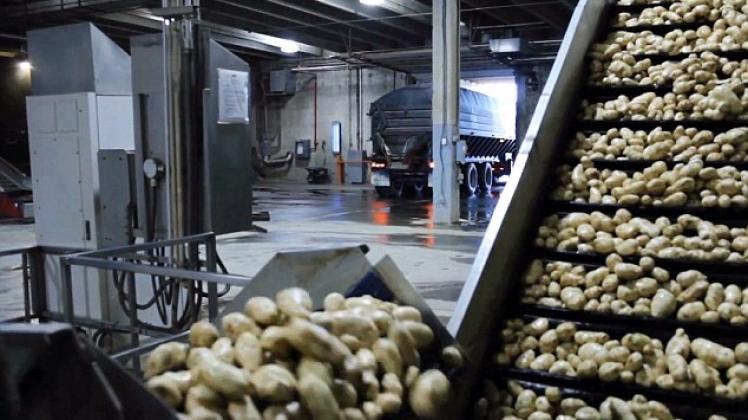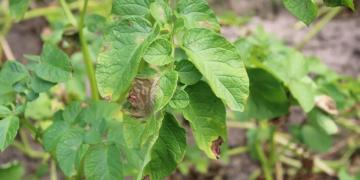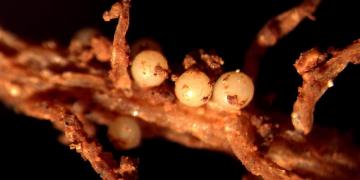EEUU: New bacteria troubles Maine seed potato growers
Maine seed potatoes are bought by growers up and down the East cost, who use them to grow their own spuds; yet a little-understood bacteria is bringing back an older potato disease and threatening the seed potatoes’ reputation.

Tim Hobbs, the Maine Potato Board’s director of development and grower relations, has been spending a lot of his time on Dickeya, a bacteria that was responsible for an outbreak of the potato disease Blackleg in the Mid-Atlantic last year.
Blackleg is caused by a number of bacteria, but the disease has been kept under control in Maine seed farms for well over a decade, making its emergence in the south a bit of a mystery, until the cause was identified as Dickeya by Steve Johnson, a crops specialist with the University of Maine Cooperative Extension in Presque Isle.
Dickeya species have been a problem for European potato growers for decades, and the less-noxious of them, Dickeya dianthicola, has been in the U.S. living among ornamental plants since the 1950s and recently started transitioning to potatoes and other crops, according to Hobbs.
For the first time in Hobb’s memory, last year the Maine Potato Board asked the Department of Agriculture, Conservation and Forestry to note the presence of Blackleg in their field surveys of seed lots and include the findings in their North American Certified Seed Potato Health Certificate.
Eighty-three percent of seed lots had no Blackleg symptoms last year, and about 8 percent of them had more than a quarter of a percent of the disease, Hobbs said.
The potato board is asking the Department of Agriculture to note Blackleg symptoms again this year and to do three readings during the summer. Dickeya symptoms include nonemergence of potatoes, blackened stems and wilting plants.
The Maine Potato Board also is considering the possibility of setting a tolerance threshold for its presence in seed certification, as is done for viruses.
The trouble with Dickeya is it may not be symptomatic in Maine’s cooler climate, but when the potatoes are planted in the Mid-Atlantic fields, the environment may let the bacteria thrive and disrupt farmers’ rotation plans, Hobbs said.
Dickeya can only survive in the soil three months, but it can survive for more than a year on debris from corn — a common rotation crop with potatoes in the Mid-Atlantic — as well as on brassicas, the family of cruciferous vegetables and canola, Hobbs said.
While the emergence of Dickeya has put a lot of pressure on the Maine Potato Board to help protect the quality of a key agricultural export, Hobbs said they are lucky no potato growers in North America are dealing with Dickeya solani, the more active species of the bacteria found in Europe that causes huge crop losses and is grounds for a quarantine.
Fuente: http://www.freshplaza.com/article/154224/New-bacteria-troubles-Maine-seed-potato-growers







